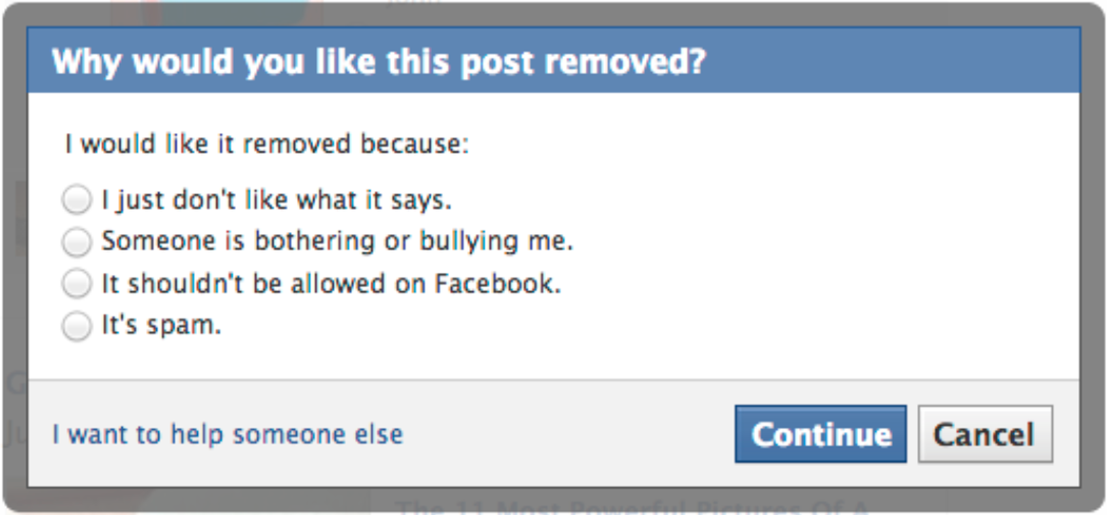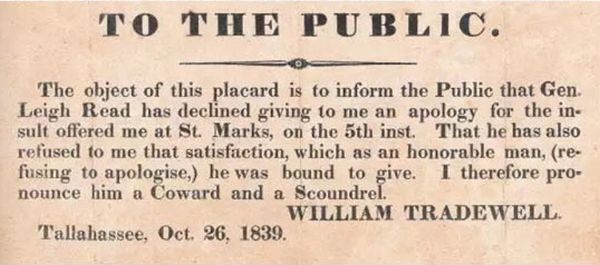
The Stored Communications Act (18 USC 2701 et seq.) is among the most powerful tools relating to email privacy. It is a federal statute that prohibits, in certain circumstances, one from intentionally accessing without authorization, or exceeding authorized access to, a facility through which an electronic communication service is provided. The statute provides criminal penalties and an aggrieved party can bring a civil suit for damages in certain cases.
The statute contains a provision that addresses the amount of money damages a successful plaintiff can recover. Section 2707(c) provides the following:
Damages. The court may assess as damages in a civil action under this section the sum of the actual damages suffered by the plaintiff and any profits made by the violator as a result of the violation, but in no case shall a person entitled to recover receive less than the sum of $1,000. If the violation is willful or intentional, the court may assess punitive damages. In the case of a successful action to enforce liability under this section, the court may assess the costs of the action, together with reasonable attorney fees determined by the court.
Note the phrase “but in no case shall a person entitled to recover receive less than the sum of $1,000.” Does that mean every plaintiff that successfully proves the defendant’s liability is entitled to at least $1,000, regardless of whether there was any actual damage that occurred? The Fifth Circuit Court of Appeals recently addressed that question in the case of Domain Protection, L.L.C. v. Sea Wasp, L.L.C. It held that one must show at least some actual damages before being entitled to the minimum of $1,000.
The court looked to the Supreme Court’s approach in addressing nearly identical language in another statute, wherein SCOTUS concluded that “person entitled to recover” refers back to the party that suffers “actual damages.” Doe v. Chao, 540 U.S. 614, 620, 124 S.Ct. 1204, 157 L.Ed.2d 1122 (2004). And it noted that two other circuits have held that this reasoning should apply to the same terms in the Stored Communications Act: Vista Mktg., LLC v. Burkett, 812 F.3d 954, 964–75 (11th Cir. 2016) and Van Alstyne v. Elec. Scriptorium, Ltd., 560 F.3d 199, 204–208 (4th Cir. 2009). The court “endorse[d] the reasoning of those opinions and [saw] no need to repeat it.”
Domain Protection, L.L.C. v. Sea Wasp, L.L.C., — F.4th —, 2022 WL 123408 (5th Cir. January 13, 2022)




